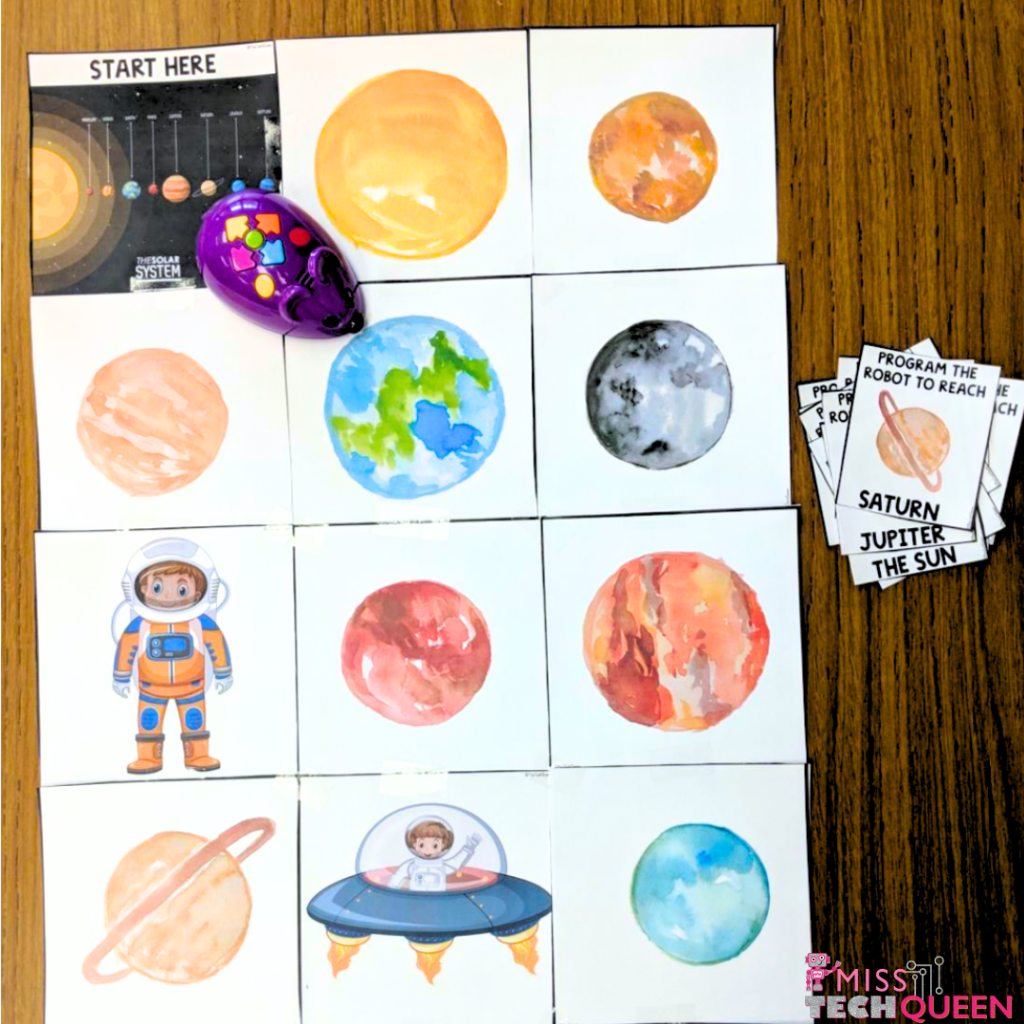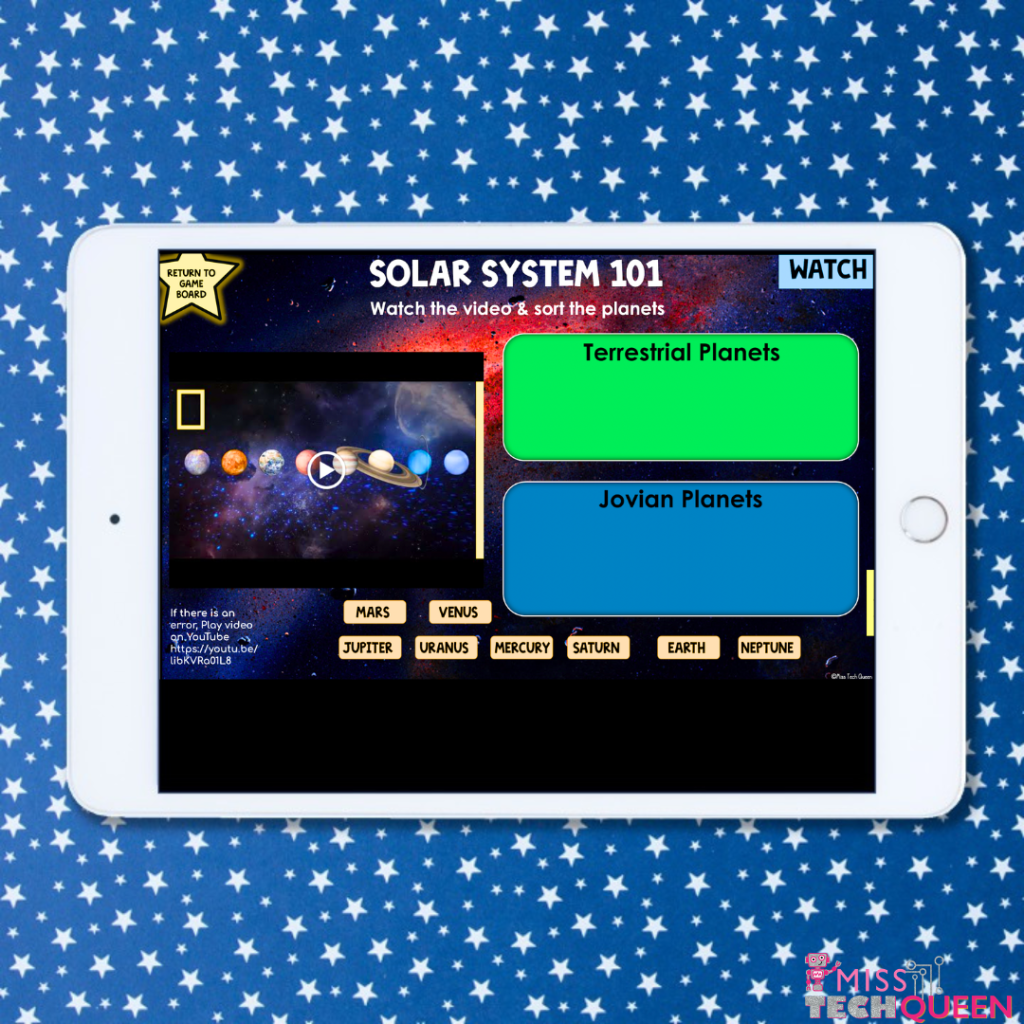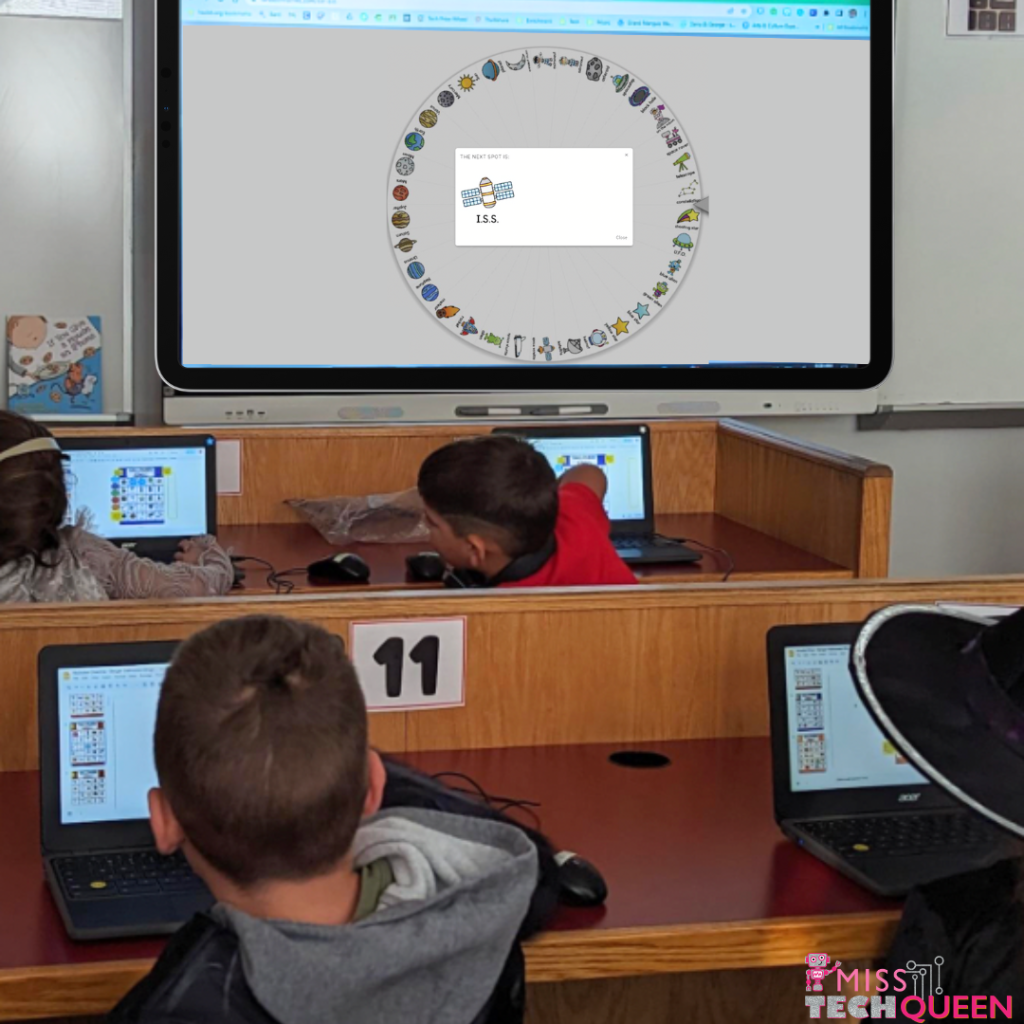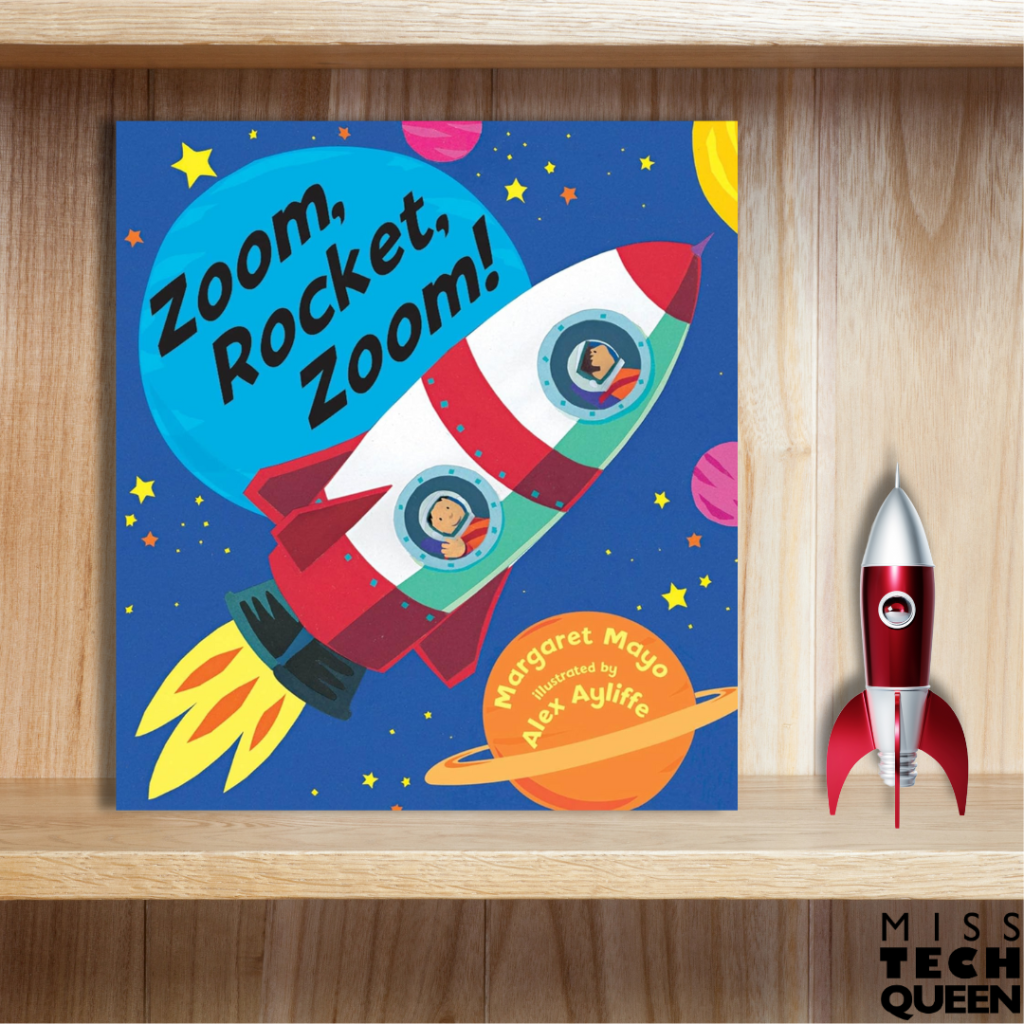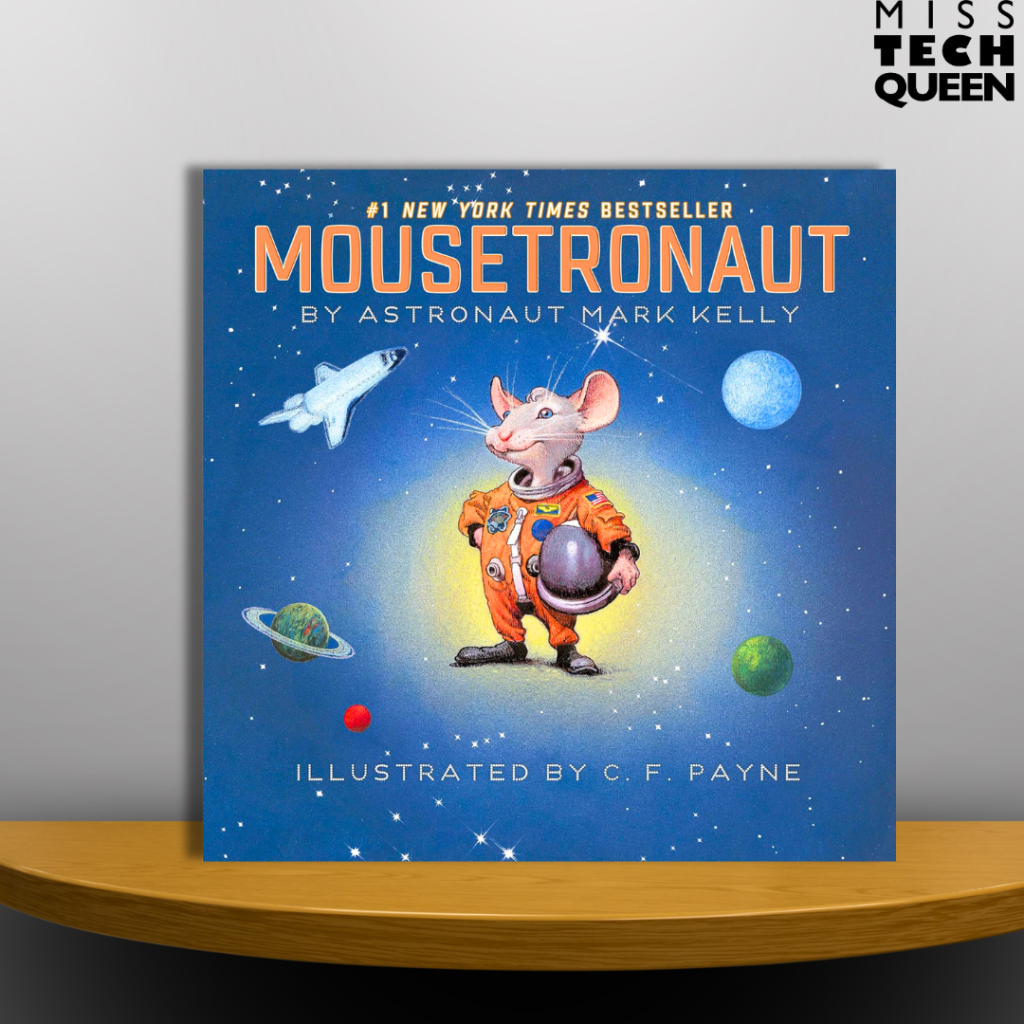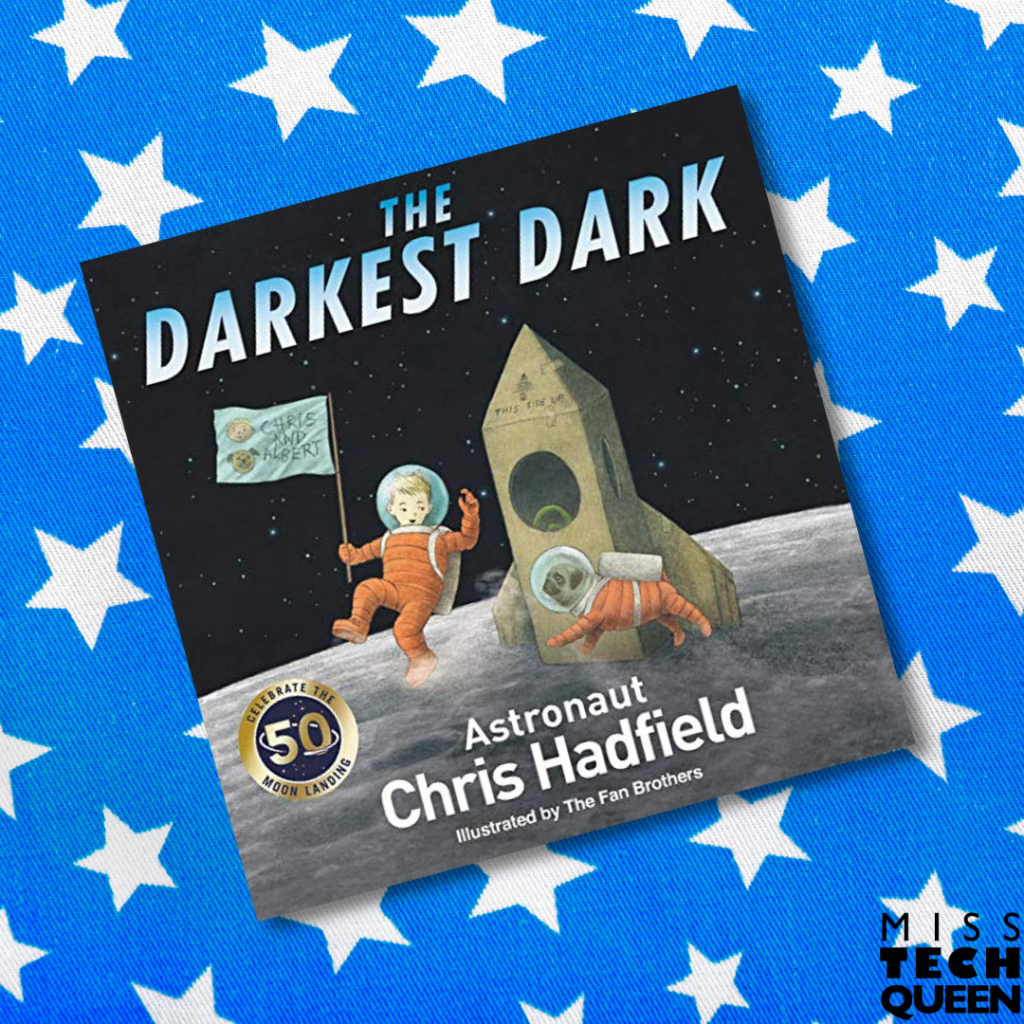
Space Week Activities Spark Engagement for Elementary Students
Space Week is hands-down one of the highlights of my school year! There’s just something about the vast mysteries and wonders of space that ignites excitement for both my kiddos and myself. I’ve always dreamed of floating among the stars. Until that day comes, I’m dedicated to bringing the magic of space right into my classroom for my students. I make it my mission to ensure that our space week is an unforgettable journey through our incredible solar system. So, I’ll take you on a cosmic tour of some of my all-time favorite Space Week activities that have become an absolute must-do tradition with my students each year!
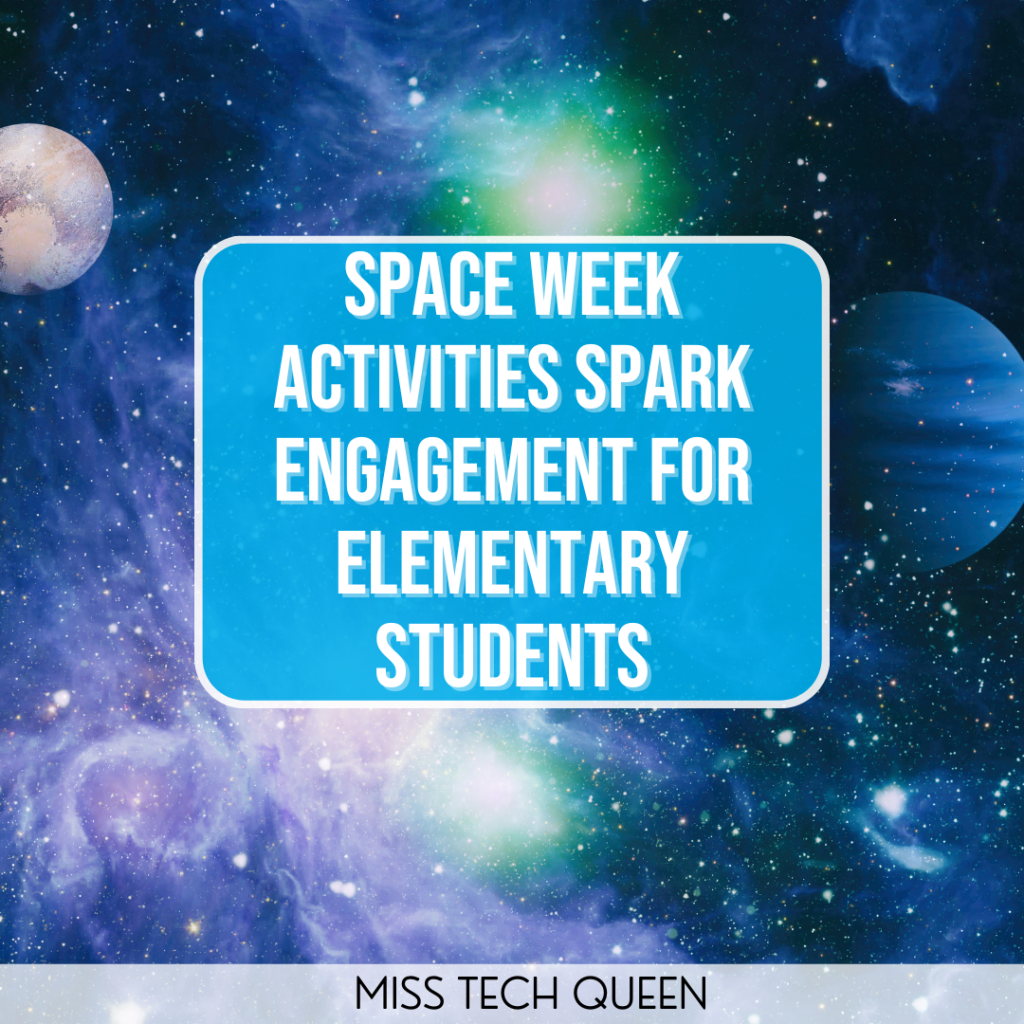
Why Do We Have Space Week?
World Space Week is an international celebration of space science and technology. It commemorates the launch of Sputnik 1, the first human-made satellite, on October 4, 1957, and the signing of the Outer Space Treaty on October 10, 1967. People from all corners of the globe come together to celebrate our shared fascination with space.
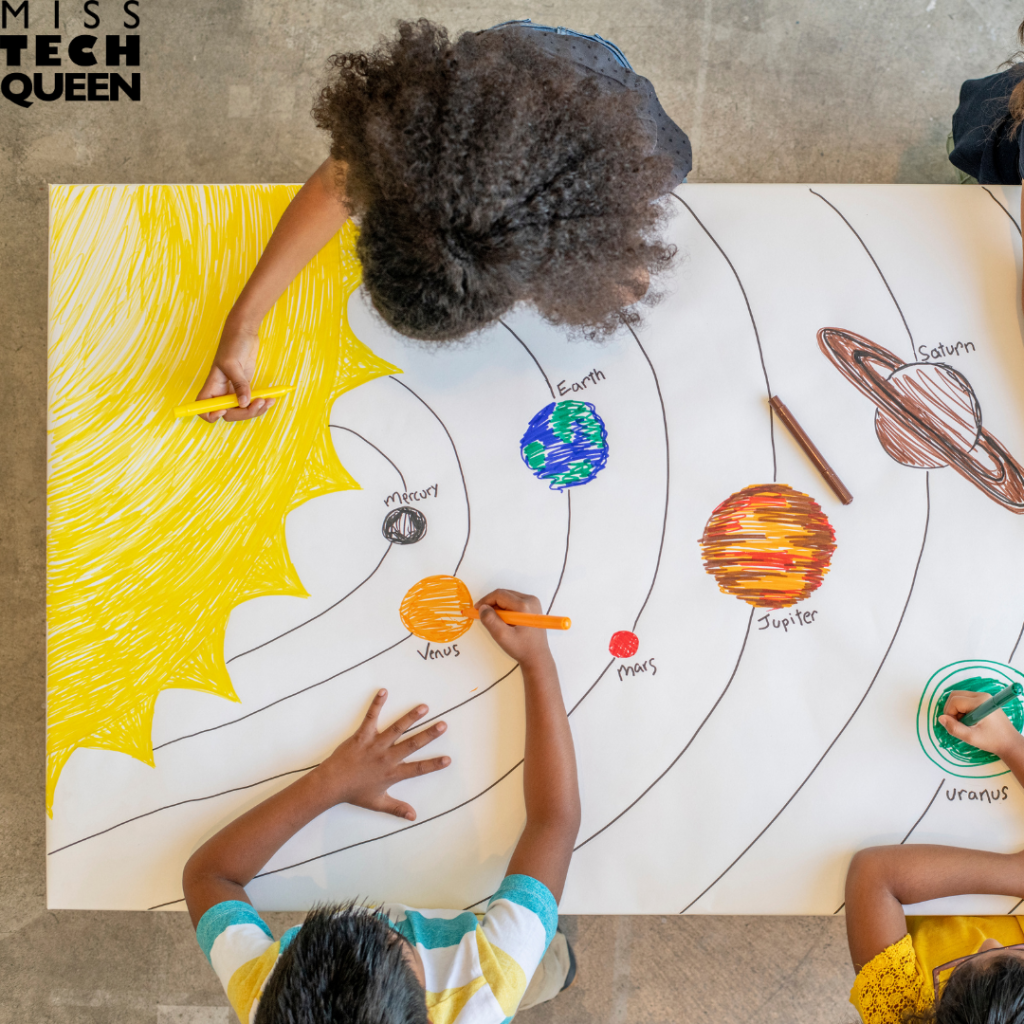
Space is the ultimate frontier, filled with endless possibilities and mysteries waiting to be unraveled. By dedicating a week to the exploration of space, we ignite curiosity in our students. From the youngest learners to the seasoned scholars, there’s something inherently captivating about the vastness of the universe and the countless wonders it holds.
Space exploration has been the catalyst for some of humanity’s greatest technological advancements. From satellite communication to medical breakthroughs, the innovations spurred by space exploration have revolutionized our world. By celebrating Space Week, we inspire our students to think outside the box, to dream big, and to push the boundaries of what’s possible.
Space Week Activities to Use With Your Students
Now that we’ve explored the significance of World Space Week and why it’s a cosmic celebration worth participating in, let’s dive into some of the Space Week activities I use with my students. From building a rocket to webquests, these activities are guaranteed to launch your classroom into orbit and spark a passion for space exploration in your students of all ages.
1. Build a Rocket
First up, I kick off the fun with a whole group activity that ignites the excitement of my students. Each year, no matter the group of students, they say building a rocket is one of their favorite activities.
We’ll gather around the Google Slide Show as our mission control center. We start off by reading Roaring Rockets by Tony Mitton. Then, I’ll guide them through the challenge steps and provide all the necessary information to rev their creative engines. Once I give them the overview, we watch the included video, How Do Rockets Fly, which inspires them even more before setting off on their rocket-building adventure. To help them start brainstorming before I set them free, we chat through the different discussion questions included to help spark ideas.
As they work through their ideas, they also need to think about the type of materials they’ll use. I give suggestions for materials, but you can also use similar materials you have on hand. Usually, I try to have cardboard tubes, straws, scissors, glue, and craft sticks to help them build their rocket ships.
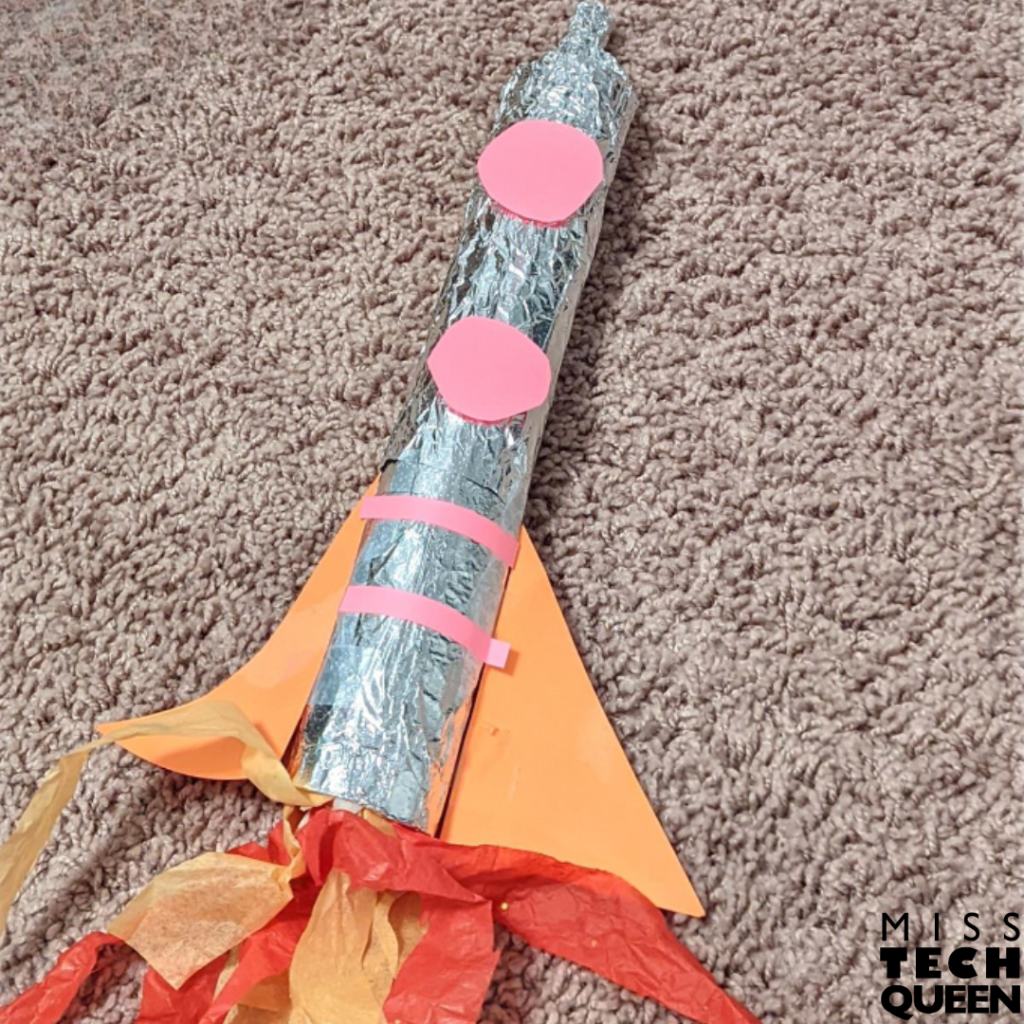
I give my students around 25 minutes to design and build their own rockets. As they work, I’m walking around answering questions. With 10 minutes remaining of class, I have my students stop where they are. I pass out the response sheets to complete as they reflect on their project. They draw and label their rocket ship, reflect on what worked well, and what they would do differently next time. Then, each group explains their design so we can see everyone’s unique take on how to build one!
2. Coding with Robots for Space Week Activities
To continue along the Space Week theme, I incorporate coding with robots. This activity will have your students programming with a classroom robot to navigate through a maze like a true space explorer. We use Ozobots in my classroom, which are miniature robots that combine physical and digital elements to teach coding. They follow colored lines drawn on paper or digital screens. This allows students to program them using simple color codes and commands.
Once we’re all set with our robots, I unveil the robot mat. The mat is a grid of squares with an image of planets in each one. I allow my students to work solo or team up with a fellow space cadet for this challenge.
We’ll kick off the mission by placing our robot on the designated “start here” spot on the mat. Then, students will draw a task card from the pile, each card containing a unique challenge for our explorers. Each card will tell them which planet they need to get their rocket to next. Students will program their robot to follow a specific path on the mat. Using directional commands, they’ll plot a course through the maze and set their robot in motion. Pressing “go,” they’ll watch as their robot navigates the grid, aiming to reach the assigned square.
If the robot misses its mark, students reset it to the starting position and fine-tune their programming to achieve success. It’s a lesson in perseverance and problem-solving that’s as valuable as it is exciting!
To document their conquests, your students can complete a response sheet detailing the directions they programmed their robot to follow. This serves as both a pre-test planning tool and a post-test reflection. Students are able to track their progress and celebrate their successes.
3. Space STEM Quest
My space STEM Quest is a blend of a web quest, virtual field trip, and escape room rolled into one experience! Your students will navigate through the game board by clicking on words (links) to access challenge slides.
Each challenge slide will present them with tasks. Different tasks include visiting websites, watching videos, or interacting with the slide itself. They’ll learn about space in general, the solar system, and the Space Station. After completing each challenge, they will click on the “return to gameboard” star to move on to the next spot.
The ultimate challenge awaits at the end of the quest. It’s a Google Form where they will plug in answers they’ve gathered from previous challenges. At the end of the Google Form, they will receive the answer to a riddle. My students find so much joy as they unlock the final piece of the puzzle and complete their STEM Quest.
4. Space Week Activities Digital BINGO Games
Space Week activities do not have to be overly complicated or derail your progression with skills and standards. They can be as simple and engaging as a digital BINGO game! Simply share the slide show with your students, and you’re ready to go. It’s a hassle-free way to save time and energy while still providing an engaging learning experience.
The game itself is a breeze to set up and play, which makes it perfect for all ages and skill levels. With 30 bingo boards, plus a spinner and call sheet, there’s plenty of variety to keep the fun going. If you want to extend the game, you can try different bingo styles like four corners, full board, or horizontal.
This is a big hit amongst my students, but it’s also a big hit with me too! It’s a great way to practice essential technology skills. They sharpen their mouse and basic computer skills as they drag and drop, and copy and paste items on the slide. It’s a win-win for learning and play!
Each student has their own bingo board to play with. They love the interactive element of moving the bingo chips onto their board as the game progresses. As the game announcer, you’ll have the fun job of spinning the wheel and calling out the next spot. You won’t have to listen too hard for those triumphant cries of “BINGO!”
Picture Books for Space Week Activities
Now that we’ve explored some engaging Space Week activities, let’s add a touch of literary magic to our cosmic adventure! Picture books are the perfect way to engage our students’ imaginations and deepen their understanding of the wonders of space. Here are a few suggestions for picture books to add to your Space Week activities.
1. The Magic School Bus Lost in the Solar System by Joanna Cole
Your students go on a journey through the vast expanse of our solar system. We join alongside the ever-adventurous Ms. Frizzle and her curious class of students.
As they board the magical bus, readers take a ride through space. While traveling through space, they encounter planets, moons, and celestial phenomena along the way.
With Ms. Frizzle at the helm, the adventure is anything but ordinary. From shrinking down to explore the surface of Mars to witnessing the majestic rings of Saturn up close, every page is filled with excitement and wonder. But amidst the escapades, educational content is woven into the narrative to provide our readers with fascinating facts about the planets, their moons, and the mysteries of space.
2. Zoom, Rocket, Zoom! by Margaret Mayo
This well-loved picture book takes my class and me on a journey through the depths of space alongside a group of vibrant astronauts. From the moment we blast off into the cosmos, we feel the rush of excitement as our rocket streaks through the stars, leaving a trail of stardust in its wake.
As we read, we follow a group of adventurous astronauts as they journey through space in a colorful rocket. As they blast off into the cosmos, we are taken on an exciting ride through the stars, encountering various celestial wonders along the way. With its lively rhymes and dynamic illustrations, the book captures the thrill of space exploration while engaging our young readers and sparking their imagination. Through the astronauts’ adventures, the book also imparts valuable lessons about teamwork, friendship, and the wonders of the universe.
3. Mousetronaut by Mark Kelly
Our readers follow the tale of a tiny mouse named Meteor who longs to explore the vast reaches of space. Despite his small stature, Meteor’s determination and curiosity led him to an unexpected opportunity: joining a team of astronauts on a crucial space mission.
When a problem arises during the mission, Meteor’s size proves to be an advantage, allowing him to navigate tight spaces and save the day. Students will be inspired by this thrilling story with adorable illustrations.
Through Meteor’s adventures, our young readers are not only treated to a delightful story but also gain insights into the importance of bravery, problem-solving, and cooperation.
Meteor’s journey highlights the idea that even the smallest among us can make a significant impact when given the chance to shine! Inspired by the real-life experiences of astronaut Mark Kelly, the story encourages our students to embrace their unique strengths and pursue their dreams, no matter how daunting they may seem.
4. The Darkest Dark by Chris Hadfield
Just like in “Mousetronaut,” “The Darket Dark,” is based on real events from Chris’ childhood. Having real-life connections helps our students relate to the characters more and see themselves in overcoming obstacles as well! As we begin the book, we join young Chris as he dreams of becoming an astronaut while grappling with a fear of the dark. Set against the backdrop of the Apollo 11 moon landing, this tale follows Chris as he navigates his fear and discovers the courage to pursue his dreams. Through his journey, our readers learn about perseverance, overcoming challenges, and the awe-inspiring wonders of space exploration.
As Chris watches the historic moon landing on television, he is captivated by the bravery of the astronauts and the vastness of space. Yet, his fear of the dark threatens to hold him back from his own aspirations. Through engaging storytelling and illustrations, we follow Chris’s journey as he confronts his fear and finds courage.
Chris’ story delivers a powerful message about facing our fears, embracing the unknown, and pursuing our passions with determination and resilience. This heartfelt book resonates and inspires them to believe in themselves and pursue their dreams, even when faced with adversity.
Plan Your Space Week Activities
As we wrap up our journey through Space Week activities, I’m reminded of the potential that lies within each of us. Whether we’re building rockets, coding with robots, or embarking on a virtual space quest, we’re nurturing curiosity, fostering innovation, and inspiring the next generation of space explorers.
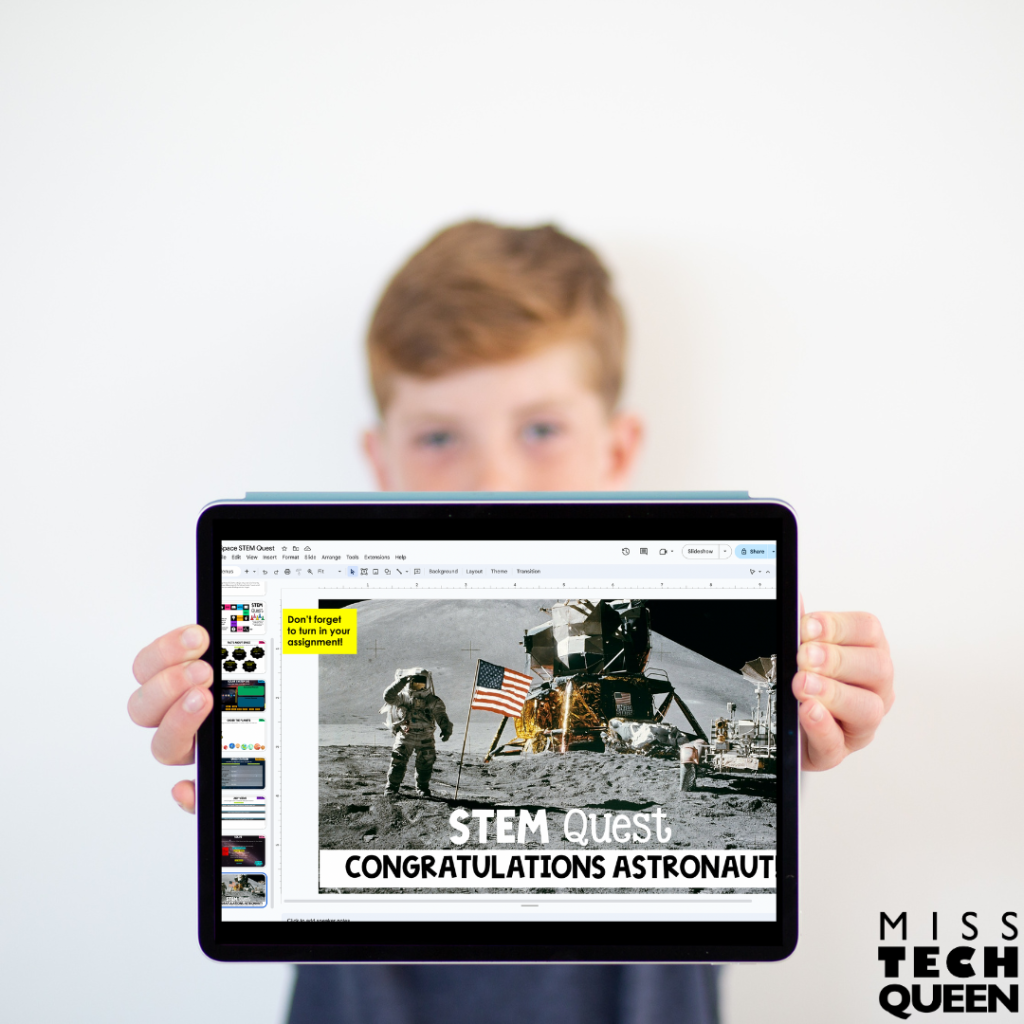
Space Week isn’t just a week on the calendar. We can celebrate the resilience and the thirst for knowledge that propels us onward into the great unknown at any point in the year.
If you need a little help as you begin to plan your activities, don’t forget that you can find all of the fun ideas shared here inside the Space Week Bundle on TPT!
Have fun planning, and finding ways to carry the spirit of exploration with you every day. Let’s continue to reach for the stars and dream of the infinite possibilities that await us among the cosmos. Here’s to the dreamers, the explorers, and the adventurers!
Save for Later
Remember to save this post to your favorite STEM Pinterest board for when you plan out your Space Week activities.

Share it:
- Read more about: books, Coding & Robotics, Digital Activities, Elementary STEM, Mouse Practice, STEM, Technology Skills

